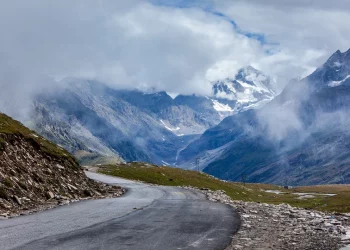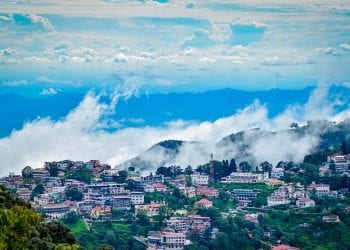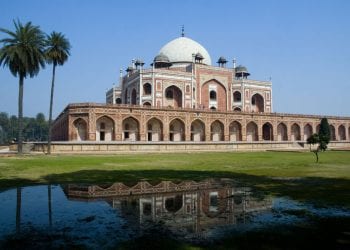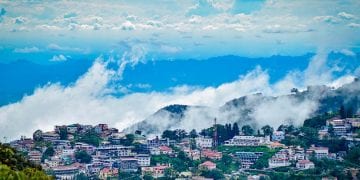Places to visit in Ayodhya: Discover The Birthplace Of Lord Ram
A city with a rich history and religious significance, Ayodhya is located in the Faizabad district of Uttar Pradesh. According to the epic Ramayana, Ayodhya is believed to be the birthplace of Lord Ram, the seventh avatar of Lord Vishnu. There are numerous places to visit in Ayodhya which includes famous temples, monuments, and holy ghats.
Being closely tied with Hindu mythology, Ayodhya is a prominent pilgrimage destination and is visited by devotees throughout the year. Located on the banks of the Sarayu river, Ayodhya is a destination that will entice your senses with its surreal surroundings, chanting of prayers and an overwhelming aroma of sandalwood and flowers. In Ayodhya, you can experience spirituality and serenity amidst several religious sites that are like time capsules of the magnificent times of Lord Ram and the Ramayana.
Places to visit in Ayodhya
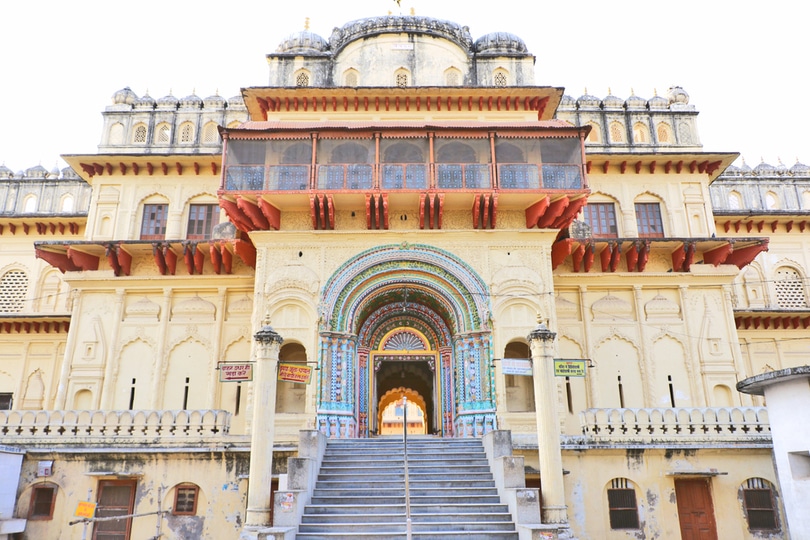
Ayodhya houses several pilgrims sites including temples, ghats, and other historical monuments. This town is visited by millions of devotees from across the globe throughout the year.
Most prominent places to visit in Ayodhya are –
- Ram Janam Bhoomi
- Ram ki Paidi
- Hanuman Garhi
- Nageshwarnath Temple
- Treta ke Thakur
- Mani Parbat
- Dasrath Bhavan
- Tulsi Smarak Bhawan
1. Ram Janam Bhoomi
Although Ayodhya is popularly referred to as the birthplace of Shri Ram, there is a particular spot in the city where he was born. The place is marked by a temple known as the Ram Janam Bhoomi. In the same complex as the Ram Janam Bhoomi temple, there was a mosque which was built by Babur in the 15th century. Since then, this place has been surrounded by controversies, but to protect everyone’s religious beliefs, the government took control of this area. On the north-western side of the temple, another important temple known as Sita ki Rasoi is located.
2. Ram ki Paidi
Ram ki Paidi is the name of a series of Ghats near the bank of the Saryu river. This place draws a huge crowd of devotees who line up to take a dip in the holy water. Your trip to Ayodhya will remain incomplete if you miss the view of the Saryu river and attend the enchanting aarti held at night by the banks of the river.
3. Hanuman Garhi
One of the most important temples in Ayodhya, Hanuman Garhi is a temple dedicated to Lord Hanuman. The temple is located at a hilltop and one has to climb around 76 staircases to reach there to seek blessings from a 6-inch tall idol of hanuman. It is a popular belief that devotees must visit Hanuman Garhi before paying a visit to the lord ram temple.
4. Nageshwarnath Temple
The temple situated near the Ram ki Paidi is dedicated to Lord Shiva, Nageshwar Nath or the God of Snakes. The temple was built by Kush, lord ram’s younger son as a gesture of gratitude when Naag-Kanya, the daughter of a snake, found his armlet in the Saryu river and returned it to him. Nageshwarnath Temple is an architectural marvel that attracts people from across the country.
5. Treta ke Thakur
Treta ke Thakur which means Lord of the Treta Yug is a temple dedicated to Shri Ram. According to scriptures, the temple is built at the same place where Lord Ram performed Ashwamedha Yagya to celebrate his victory over Ravana. The temple has idols of Lord Ram, his wife Sita, younger brothers Lakshman, Bharata and Shatrughan, guru Vashishtha, King Sugriva and Hanuman. The temple opens on the eleventh day or the Ekadashi of the Hindu month of Kartik attracting devotees from different parts of the country.
6. Mani Parbat
Mani Parbat is a 65-feet high hillock of great mythological importance located in Ayodhya. According to the epic Ramayana, when Lakshman was wounded in the battle by Meghnad, the only medicine that could treat him was the Sanjeevani Booti. So, Hanuman uprooted the mountain, and while on his way to Lakshman, a part of the mountain fell at this place and is today known as Mani Parbat.
The hillock houses numerous shrines and the view from the top is mesmerizing.
7. Dasrath Bhavan
Constructed at the location of the original palace of the King Dasrath, father of Lord Ram, Dasrath Bhavan is the place where Lord Ram and his younger brothers spent their childhood and their youth. The vibe of the Bhavan is magical with the sound of dohas recited by the saints and the artists playing musical instruments heard throughout. The splendid architecture and peaceful ambiance make this place a must-visit when you are in Ayodhya.
8. Tulsi Smarak Bhawan
Tulsi Smarak Bhawan was built in 1969 as a tribute to the renowned poet and the author of the Ramayana, Swami Tulsidas. It is believed that Saint Tulsidas wrote the epic Ramayana at this place. The Bhawan houses a big library which is nothing short of a treasure for scholars and historians, and a museum called Ram Katha Sangrahalaya. The center is known for the Ram Leela performed here every day since 2004. The birthday of Tulsidas, Tulsi Jayanti is celebrated with great zeal and enthusiasm every year.
Other famous tourist attractions in and around the city of Ayodhya are Bahu Begum ka Maqbara, Kanak Bhawan, Gulab Bari, Valmiki Bhawan, Chakra Harji Vishnu Temple and Tulsi Udyan
How to reach Ayodhya
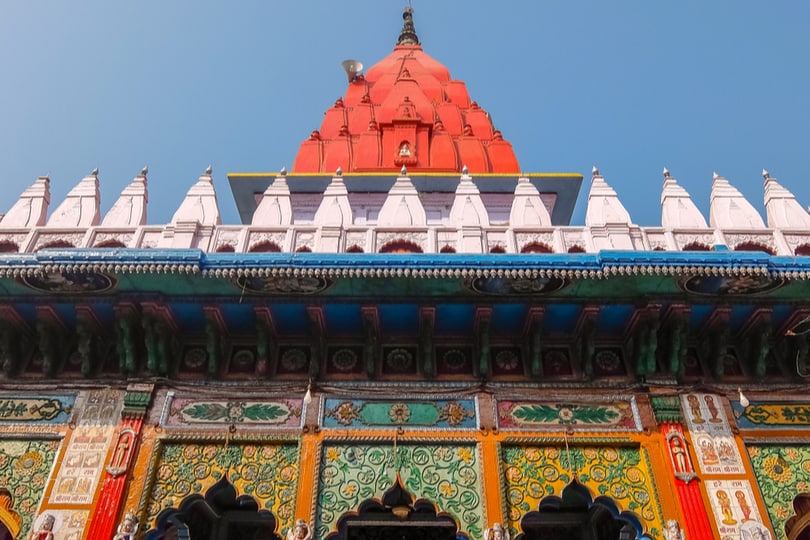
Ayodhya is located in proximity to numerous major cities including Lucknow, Varanasi, and Faizabad making it easily reachable by railways and roadways. You can also reach the city by boarding a flight.
- By Air: If you wish to travel by air, the nearest international airport is Chaudhary Charan Singh Airport in Lucknow which is about 150 kilometers from Ayodhya. From here, you can either hire a private taxi or take a bus to reach the city. The nearby domestic airports are Varanasi and Kanpur located at convenient distances of 177 kilometers and 219 kilometers respectively.
- By Road: If you choose to visit the city via roadways, the best option is to opt for the bus services that are available from major cities such as Lucknow, Varanasi, Gorakhpur, and Faizabad amongst others. These government-owned buses or private buses are operated regularly between the cities. The visitors also have an option to opt for deluxe buses and Volvo buses from cities like Delhi.
- By Train: Ayodhya railway station is well connected with cities like Delhi, Kanpur, Varanasi, and Gorakhpur. You can hop on numerous trains that run between these cities to reach your destination. Another nearby railhead is the Faizabad railway station.
Best time to visit Ayodhya
The weather in Ayodhya is tropical with hot and dry summers, cool winters and pleasing monsoon. The best time to visit this religious place is between the months of November-March. During the end of March and beginning of April, people from different cities and countries visit Ayodhya in huge numbers to celebrate the birthday of Shri Ram, Ram Navami.
Summer (April – June)
Summers commence in April and continues until June in Ayodhya. The temperature remains between 28 degree Celsius and 45 degrees Celsius. The dry and hot summers result in unsuitable weather to visit and experience the serenity of this town.
Monsoon (July – September)
During the monsoons, the temperature in the city ranges from 24 degrees Celsius to 32 degrees Celsius. The pleasant atmosphere during this period makes the town look all the more charming.
Winter (November – March)
The temperature during the winters in Ayodhya ranges from the lowest of 5 degrees Celsius to the highest of 27 degrees Celsius. The cool breeze and pleasant surroundings make this weather ideal to visit Ayodhya.
Shopping in Ayodhya
A trip to the sacred town of Ayodhya is a delightful experience. The pilgrimage sites and magnificent monuments are all evidence of India’s remarkable culture and history. And to further enjoy the essence of this holy place, you must go out on the streets for shopping.
The streets of Ayodhya are filled with several shops selling amazing souvenirs, ranging from replicas of idols, photos of temples, T-shirts with religious prints, and holy objects used while praying. Shopping in Ayodhya is a memorable experience as you can buy stuff for yourself and your loved ones.
A town famed for its temples, monuments, and festivals, Ayodhya is a perfect choice for you if you love to explore pilgrimage sites and religious places. The town is sure to immerse you in its spirituality and mesmerize your senses.
So, plan a trip to this sacred town and experience the holy journey with your family and loved ones.
P.s. You might like these related resources:
- Places Near Prayagraj That You Must Check Out!
- 17 Must-visit Popular Places Near Varanasi
- Amazing Destinations Within Accessible Distance From Lucknow
Recent Posts
Top Picks

- OYO
 15 April, 2024
15 April, 2024 - Cultural Tour

- OYO
 15 April, 2024
15 April, 2024 - Cultural Tour

- OYO
 15 April, 2024
15 April, 2024 - Cultural Tour

- OYO
 15 April, 2024
15 April, 2024 - Cultural Tour

- OYO
 15 April, 2024
15 April, 2024 - Cultural Tour

Please rotate your device
Please go back to portrait mode for the best experience



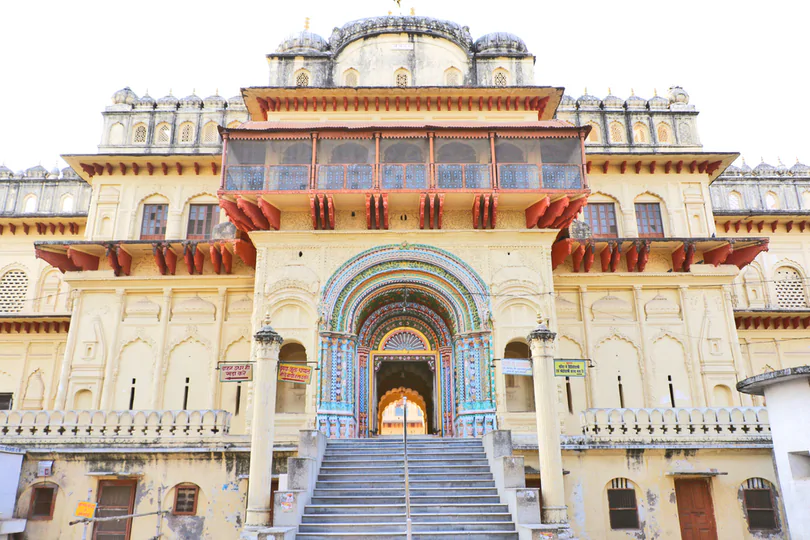

 April 15, 2024
April 15, 2024 